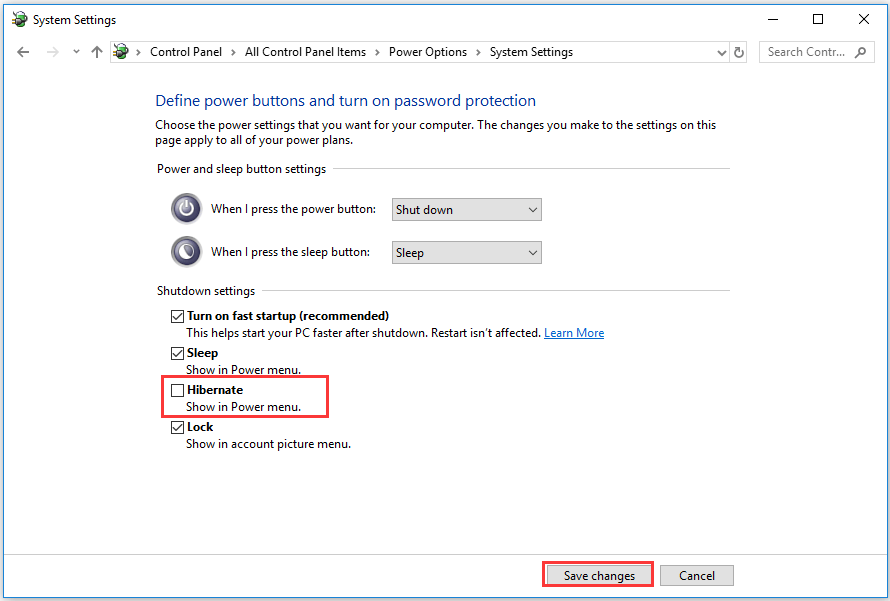

In other words, if a user has an open file that has not been saved to a hard drive and only exists in RAM, that file will be lost if the computer loses power. This compares to hard drives and SSDs, which are non-volatile and don’t require constant power. Active data is kept in RAM while a computer is being used, but RAM is volatile, which means it cannot hold data without power. Sleep mode turns off most of the computer’s components except RAM. Here is an overview of each energy saving option.
#Sleep vs hibernate on laptops windows#
A computer can enter a low power state in several different ways, and although Macs automatically manage the default power options, Windows gives users control over which method to use. Putting a computer in low power mode when not in use can save power, reduce noise (if you have a particularly noisy device), and help increase component longevity.
#Sleep vs hibernate on laptops windows 10#
The third step commences if the PC remains undisturbed in hybrid sleep for long enough: The sleep mode portion terminates, and the PC then enters full, standard hibernation.The Sleep vs Hibernation vs Hybrid Sleep in Windows 10 This way, the PC can wake up instantly (like standard sleep) but with the robustness of hibernation, in that a power-loss or total shut down won’t cause trouble (because all data is safely stored in the hibernation file on the hard drive).

But in the second step, instead of shutting down completely, the PC then goes into sleep mode. First, when hybrid sleep commences, the system prepares as if it were going to hibernate the RAM and CPU contents are fully written to the hard drive. Hybrid sleep combines standard sleep and hibernation in a three-step process. Hibernation is more robust than sleep because the PC is totally off: Even if you unplug the PC or remove its battery, the data is safe on the inert hard drive. But when the PC fully re-awakens, it can pick up from where it left off. Because this usually involves manipulating several GB of data, this process is not instantaneous - it usually takes at least a few seconds.

When a PC awakens from hibernation, Windows uses the contents of the hibernation file to put the system RAM and CPU back into the exact state they were in when hibernation began. Hibernation writes the entire contents of RAM and the exact state of your PC’s CPU into a hidden hibernation file on the hard drive then the PC shuts off completely. The downside to standard sleep is that if anything interrupts the power supply to the sleeping PC, the contents of RAM (including any unsaved files) will be lost, and the PC will not be able to resume normally upon wake-up. The major advantage of standard sleep mode is that, when the PC wakes up, it can pick up from where it was almost instantly. In sleep mode (sometimes called suspend), your PC goes into a low-power state, consuming just enough electricity to keep the RAM contents intact to monitor for system events (such as a key- or mouse-click, or closing the lid on a laptop) and to run similar low-power processes.


 0 kommentar(er)
0 kommentar(er)
